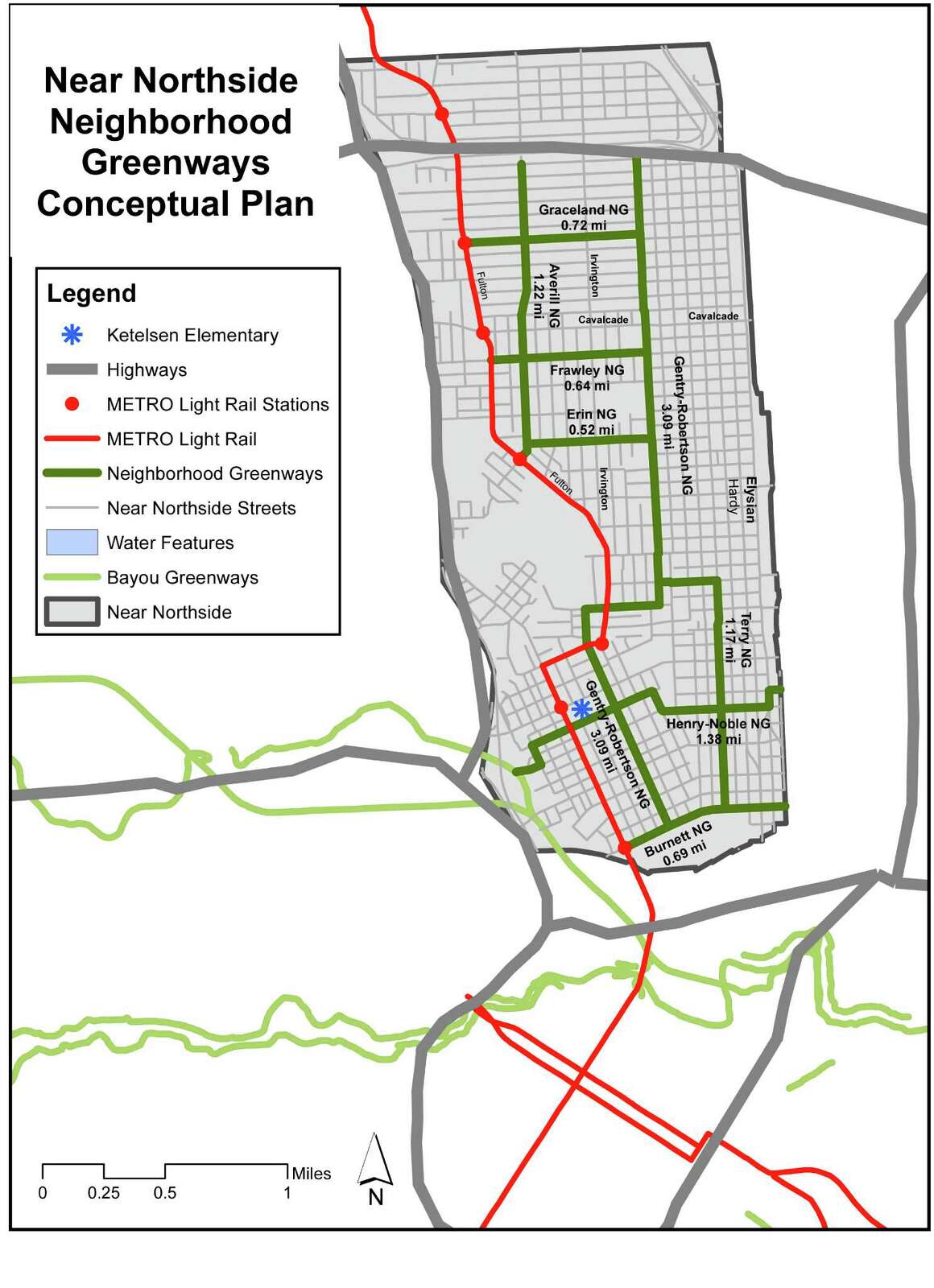I really like this idea.
Complete Streets means that our local governments prioritize the safety and comfort of all a street’s users regardless of age, ability, or mode of transport. Fixing our streets will be a long-term project, but if we head in the right direction, we will have neighborhoods for our grandchildren to live healthier, happier and more prosperous lives.
Now is the time to make the next big push.
It’s time to build on the Bayou Greenways network, the remarkable trail system that brought together Harris County Flood Control District, the City of Houston, the Houston Parks Board, voters and private funders. Bayou Greenways simultaneously improve flood control, add green space, and provide safe, attractive hike-and-bike trails. If we connect Bayou Greenways to other trails — including the Utility Line Easement Hike and Bike Trail concept — the Houston region will have a massive large-scale grid allowing safe long-distance trips.
That will all be terrific once you’re on that network, on one of those trails. But even if the trail network expands radically, before we can use it, we have to get there from our homes.
The Houston region needs something new — not just Bayou Greenways, but Neighborhood Greenways that would connect those trails to all users, regardless of age, ability, or mode of transport.
[…]
Houston could add 200 miles of Neighborhood Greenways for $50 million — roughly the same cost as adding two lanes to one mile of freeway. We could connect most of the Houston region’s dense urban core — the Inner Loop and the same-sized area just west of the 610 Loop — with safe walking, biking, and driving infrastructure for less than 5 percent of one year’s regional transportation spending budget. For about 10 percent of that regional budget, we could connect most of the city of Houston. That small investment would create a Houston that is dramatically more family-friendly for generations to come.
See here for a full presentation of Neighborhood Greenways. The basic idea is to use side streets as connectors to bike trails and the like, with some modifications to these side streets to make them safer and more attractive to bikes and pedestrians. It’s another way to extend the already-growing network of hike and bike trails, since in order to take advantage of them you have to get to them in the first place. It’s a concept that’s being used in other cities, like Portland and Seattle. The cost of all this is fairly small, and there are federal funds available. What’s not to like? As I’ve said before, there’s no one big solution to reducing traffic and adding capacity. There are a lot of smaller solutions that together add up to much more. It’s up to us to take advantage of these smaller solutions.

